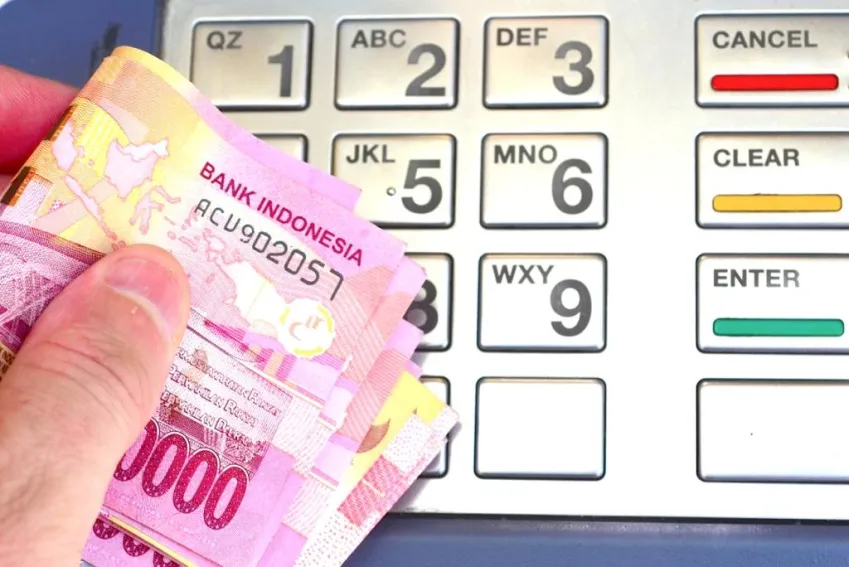
Indonesian banks shoulder growing bad debt burden
NPL volumes hit $9.8b in 2016 representing almost a double increase in bad loan ratio.
Indonesian banks are increasingly bearing the weight of distressed debt which has been steadily growing since 2008, according to a study from accounting firm Deloitte.
NPL growth has accelerated in the past three years with volumes hitting $9.8b in April 2016, translating to a 3% NPL ratio. The wholesale and retail trade, and processing sectors make up almost half of total NPLs whilst the mining sector has seen the largest annual bad loan growth amidst a downturn in the global commodities market.
The growing bad debt burden is hitting the profitability of Indonesian banks through rising provisions for bad debt, prompting foreign players to explore the alternative of NPL sales.
“As at Q2 2017 the reported NPL volume in Indonesia was US$10.1bn. This number is likely to increase once IFRS 9 is formally adopted across Indonesia and therefore it is only a matter of time before the banks seek initiatives and assistance from foreign investors in helping to remedy the NPL issue,” the accounting firm added.
Here’s more from Deloitte:
Banks are aware of the need to clean up their balance sheets and keep NPL ratios below the regulatory threshold (5%). There has been a number of failed deals in the market mainly due to pricing expectations and poor sales processes. The only deal of size was the sale of a corporate loan portfolio by Permata Bank.
Other banks have also been in discussions with advisors regarding pricing expectations. However given the aspiration to not sell at a loss coupled with high investor IRRs, banks have decided to hold fire on bringing these portfolios to market just yet.
Another method adopted by foreign banks to keep NPL ratios low, is the establishment of asset management units (AMU) in the form of non-bank entities that are owned by an overseas parent. For example, Japanese‑owned PT. Bank J Trust Indonesia, set up an AMU in the form of a non‑bank entity and transferred its NPL stock, reducing the NPL ratio from 12.24% in 2014 to 6.98% at the end of 2016. However this does not really resolve the NPLs from an economic perspective.




![Lorem Ipsum [ABF 1]](https://cmg-qa.s3.ap-southeast-1.amazonaws.com/s3fs-public/styles/exclusive_featured_article/public/2025-03/a_hand_pointing_to_a_futuristic_technology_5b87c9d0e3_1.png.webp?itok=2w0y1WhS)


![Cross Domain [Manu + SBR + ABF + ABR + FMCG + HBR + ]](https://cmg-qa.s3.ap-southeast-1.amazonaws.com/s3fs-public/styles/exclusive_featured_article/public/2025-01/earth-3537401_1920_4.jpg.webp?itok=WaRpTJwE)







 Advertise
Advertise

